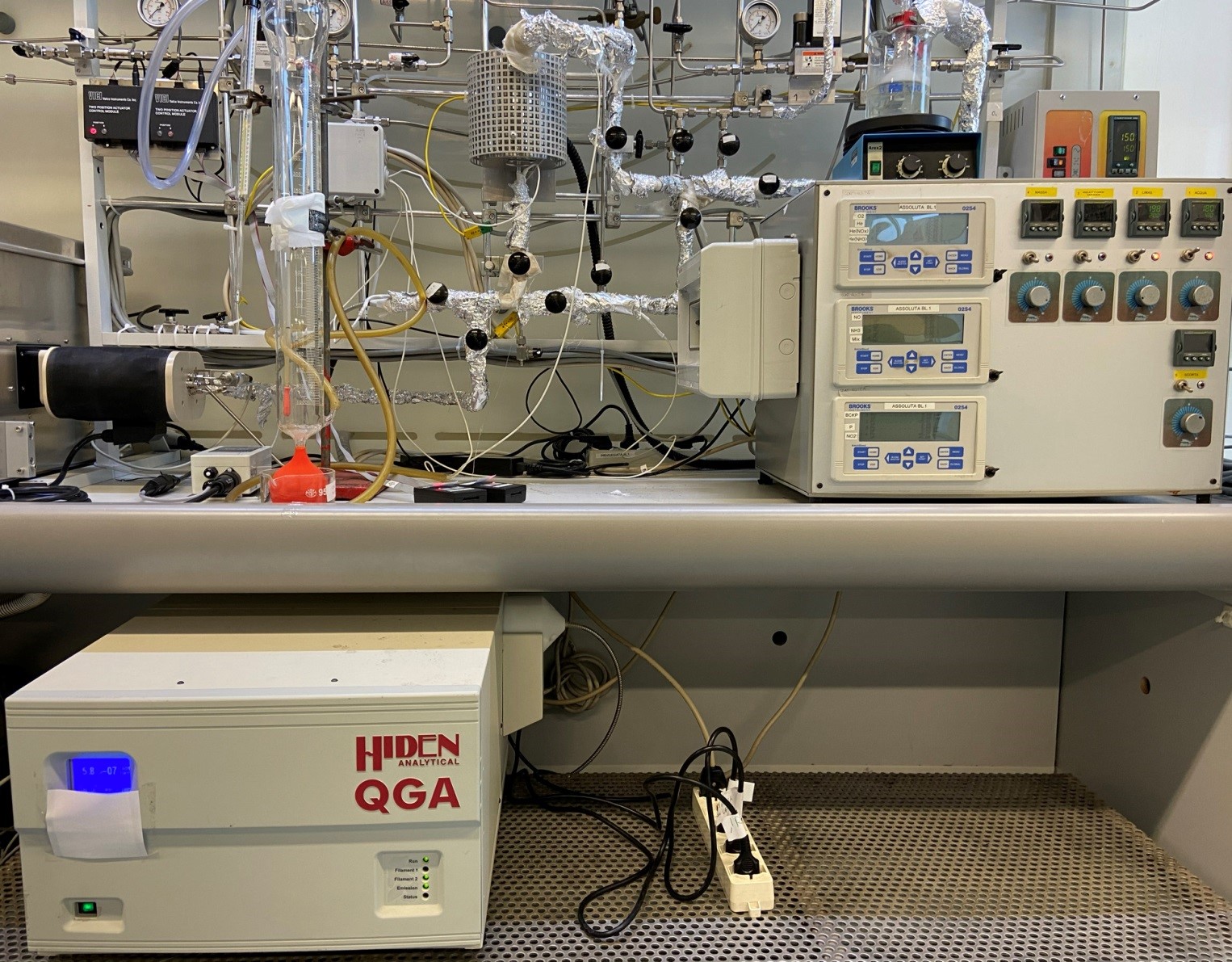Urea-SCR aftertreatment systems have been implemented in lean burn vehicles to reduce NOx emissions in order to meet government regulations. Current commercial catalysts (Cu- and Fe- promoted zeolites) are able to achieve very high NOx removal efficiencies once they reach operating temperatures above 200°C. However, their performances are relatively poor at low temperatures, e.g. during the engine cold start. Indeed, in this temperature region: (i) the inability of decomposing urea prevents fully exploiting the SCR technology; (ii) the metal-promoted zeolite catalysts have a limited deNOx activity.
In the present work we extend the investigation of a novel catalytic device designed to improve the abatement of NOx during the engine warm up phase, the so called AdSCR system (AdSCR = Adsorption + Selective Catalytic Reduction). The formulation of AdSCR systems is based on the combination of a Urea-SCR catalyst (e.g. Cu-CHA) and of a NOx storage material (e.g. BaO/Al2O3) in the form of physical mixtures. They are characterized by a dual functionality: they can operate both as NOx adsorbers, trapping NOx during the low temperature transient, and as SCR catalysts, reducing the previously stored NOx with NH3 at higher temperatures.

The Hiden QGA in the Laboratory
A set of experiments was carried out over a physical mixture of SCR catalysts (Cu-CHA) and NOx storage materials (BaO/Al2O3) to study their deNOx efficiency. The typical protocol consisted of cold start mimicking runs, aimed at simulating the aftertreatment system warm-up: NO (300 ppm) was fed in a stream of 8% of O2 at r.t. followed by a temperature (T)-ramp (15 °C/min). At 170 °C, i.e. the T-threshold for urea injection, NH3 (800 ppm) was fed to start the SCR reactions. The same protocol was repeated in the presence of NH3 pre-adsorbed at 320 °C to investigate the reactivity of stored NOx and NH3. In these experiments the dynamics of NO, NH3, and NO2 at the reactor outlet were continuously measured both by a UV analyzer (ABB LIMAS 11HW) and by a quadrupole mass spectrometer (QGA Hiden Analytical) which could, furthermore, detect N2 and N2O.
Our results from dry cold-start runs show that: i) after a NO step feed, NOx were completely trapped for up to 420 s before NO breakthrough, with a NO storage efficiency of 93% before NH3 injection; ii) after NH3 injection, a drop in the NO outlet concentration and a release of N2 (850 ppm) were observed due to the onset of the SCR reactions. Moreover, in the presence of preadsorbed ammonia the formation of N2 was unexpectedly observed already at 40 °C. These remarkable results identify AdSCR as promising systems and may warrant further investigation.
 Project summary by: Enrico Tronconi, Laboratory of Catalysis and Catalytic Processes, Dipartimento di Energia Politecnico di Milano, Via La Masa 34, 20156 Milano, Italy
Project summary by: Enrico Tronconi, Laboratory of Catalysis and Catalytic Processes, Dipartimento di Energia Politecnico di Milano, Via La Masa 34, 20156 Milano, Italy
Paper Reference: Federica Gramigni, Nicole Daniela Nasello, Tommaso Selleri, Isabella Nova, Enrico Tronconi, Simone Dieterich, Michel Weibel ‘’Unexpected Low-Temperature DeNOx Activity of AdSCR Systems for Cold start NOx Abatement’’ Emiss. Control Sci. Technol. (2020) 6:402–409
Hiden Product: QGA
Project Summary Reference: AP-QGA-202060
To find out more about these products visit the QGA product page or if you would like to contact us directly please Send us a Message.

